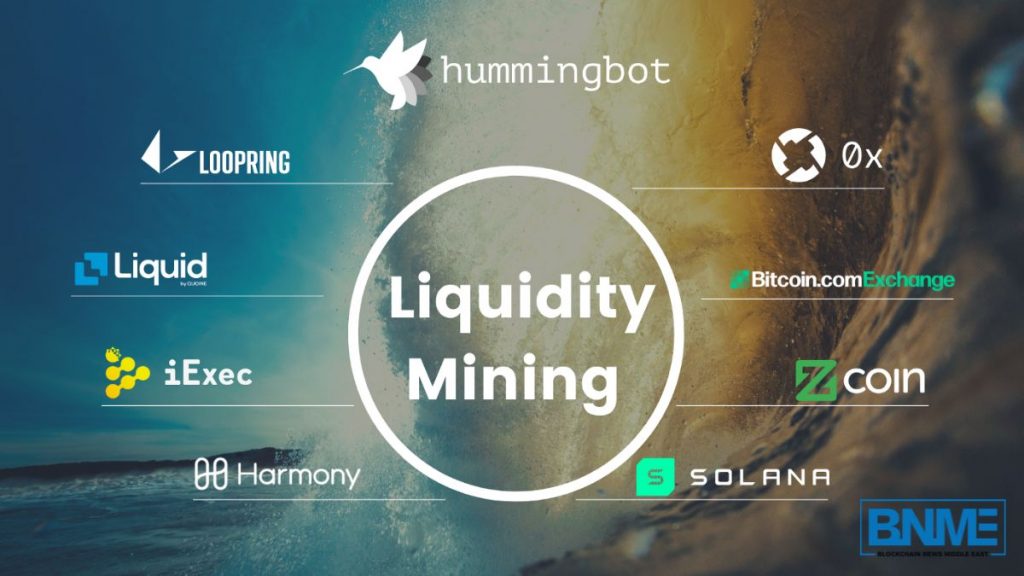Since the launch of Decentralized Finance (DeFi), the passive income system has significantly changed for crypto enthusiasts. Before DeFi’s existence, people primarily made money from active trading and holding. However, with DeFi’s passive income schemes, crypto holders have begun to earn profits. One of the passive income schemes brought on by DeFi is liquidity mining. This article will discuss liquidity mining and how it works.
What is Liquidity Mining?
Liquidity mining is one of the ways crypto holders can earn passive income on DeFi platforms. With liquidity mining, crypto holders (called liquidity miners or providers) lend their assets to decentralized exchanges in exchange for profits. The users of the decentralized exchanges will subsequently use the liquidity to execute token swaps. Profits gotten by liquidity providers are usually in the form of rewards from trading fees on the exchange.
How Does Liquidity Mining Work?
Crypto holders seeking to provide liquidity are required to deposit funds in a liquidity pool. A liquidity pool is simply a crowdsourced stack of cryptocurrencies locked in a smart contract. The pool is used to provide funds to facilitate trades. However, with liquidity mining, liquidity is provided to trading pairs in a liquidity pool.
For example, you can have a liquidity pool dedicated to the ETH/USDT trading pair. This means that the pool will provide liquidity to facilitate the exchange of both tokens. If you intend to provide liquidity to this pool, you will have to deposit equal proportions of the tokens.
For example, you have the BTC/USDT liquidity pool and intend to deposit 3 BTC. You will be required to deposit 3 BTC and its equivalent in USDT. Since 1 BTC= 16,962 USDT (at the time of writing), you must deposit 3 BTC alongside 50,886 USDT.
Making Profits Through Liquidity Mining
Liquidity mining is a great investment option if you do not want to simply hold your crypto. Your profits are gotten from trading fees which can average about 0.3%. However, the extent of your earnings depends on the proportion of your assets in the liquidity pool. So, for instance, if you contributed about 40% of the liquidity pool, your rewards will be significantly higher than the profits of a 10% provider.
Risks of Liquidity Mining
The major risk with liquidity mining is impermanent loss. Impermanent loss occurs when there is an increase or decrease in the asset’s value after it is deposited in the liquidity pool. For instance, if you deposit BTC at $16,962 and its value drops to $13,000 after the deposit, you would have incurred a loss of about $3,962 from the initial exchange rate. However, your deposit can regain its initial value since crypto is volatile. You can also cover your losses with profits gotten from trading fees.
Final Thoughts
Liquidity mining is undoubtedly a viable investment option for crypto enthusiasts. However, as a beginner, there are risks that you might fall victim to rug pulls. You can also lose your funds if the exchange gets hacked. Thus, it is advisable that you only use credible decentralized exchanges.




























